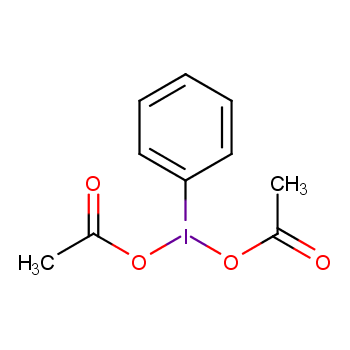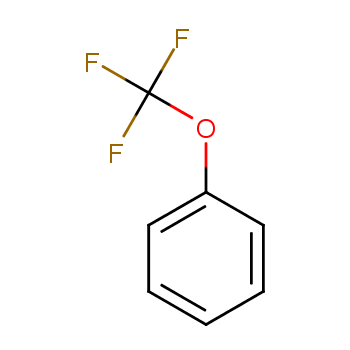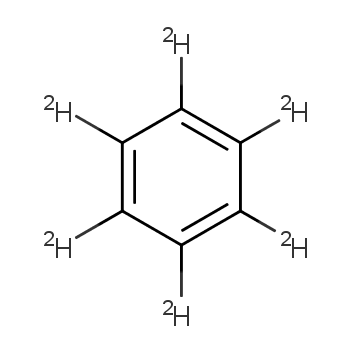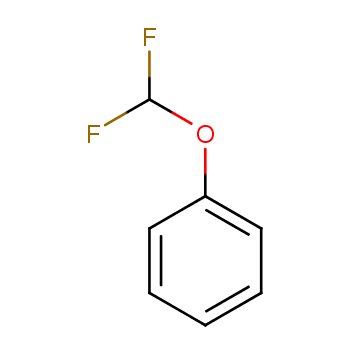 |
 |
[6]Annulene 1,3,5-Cyclohexatriene Annulene Benzeen Benzen Benzol Benzole Benzolo Coal naphtha cyclohex-1,3,5-triene Cyclohexatriene EINECS 200-753-7 Fenzen MFCD00003009 NSC 67315 Phene Phenyl hydride Phenylhydride Pyrobenzol Pyrobenzole
Flammable liquids, Category 2
Skin irritation, Category 2
Eye irritation, Category 2
Aspiration hazard, Category 1
Germ cell mutagenicity, Category 1B
Carcinogenicity, Category 1A
Specific target organ toxicity \u2013 repeated exposure, Category 1
| Pictogram(s) |    |
|---|---|
| Signal word | Danger |
| Hazard statement(s) | H225 Highly flammable liquid and vapour H315 Causes skin irritation H319 Causes serious eye irritation H304 May be fatal if swallowed and enters airways H340 May cause genetic defects H350 May cause cancer |
| Precautionary statement(s) | |
| Prevention | P210 Keep away from heat, hot surfaces, sparks, open flames and other ignition sources. No smoking. P233 Keep container tightly closed. P240 Ground and bond container and receiving equipment. P241 Use explosion-proof [electrical/ventilating/lighting/...] equipment. P242 Use non-sparking tools. P243 Take action to prevent static discharges. P280 Wear protective gloves/protective clothing/eye protection/face protection. P264 Wash ... thoroughly after handling. P201 Obtain special instructions before use. P202 Do not handle until all safety precautions have been read and understood. P260 Do not breathe dust/fume/gas/mist/vapours/spray. P270 Do not eat, drink or smoke when using this product. |
| Response | P303+P361+P353 IF ON SKIN (or hair): Take off immediately all contaminated clothing. Rinse skin with water [or shower]. P370+P378 In case of fire: Use ... to extinguish. P302+P352 IF ON SKIN: Wash with plenty of water/... P321 Specific treatment (see ... on this label). P332+P313 If skin irritation occurs: Get medical advice/attention. P362+P364 Take off contaminated clothing and wash it before reuse. P305+P351+P338 IF IN EYES: Rinse cautiously with water for several minutes. Remove contact lenses, if present and easy to do. Continue rinsing. P337+P313 If eye irritation persists: Get medical advice/attention. P301+P310 IF SWALLOWED: Immediately call a POISON CENTER/doctor/\u2026 P331 Do NOT induce vomiting. P308+P313 IF exposed or concerned: Get medical advice/ attention. P314 Get medical advice/attention if you feel unwell. |
| Storage | P403+P235 Store in a well-ventilated place. Keep cool. P405 Store locked up. |
| Disposal | P501 Dispose of contents/container to ... |
none
 |

|
 |

|
 |

|
 |
 |
 |
 |
 |
 |